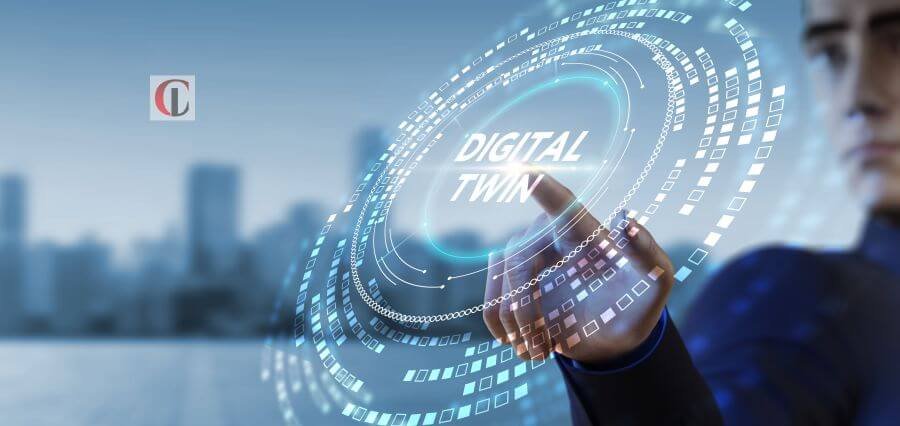It changes everything-it changes how things get done in a world driven by data. This is the latest in technology that bridges the physical and the digital, offering new forms of insights and efficiencies that were not experienced before. So what are these digital twins and why do they now represent the latest innovation to become the new norm of modern technological advancement? So, let’s break it down for a beginner and explore the possibility.
It simply states that a digital twin is any virtual replica of some physical object, process, or system. This digital model, in order to mirror the real entity, receives live data from sensors and other sources and can, therefore, be analyzed, monitored and even simulated. More of a living digital clone keeping itself updated in harmony with its equivalent counterpart in the real world.
History of Digital Twins
Its origins date back to the 1960s at NASA, which had the space agency create virtual systems to support space missions. The original models would have helped engineers simulate issues in real-time and work up fixes for them. It is now mainstream because of advances in IoT, artificial intelligence, and cloud computing.
How Digital Twins Work
It uses sensors spread in the physical body, getting information related to temperature, pressure, or speed. As much as it gets the information, it transfers to a virtual model that makes sense of it algorithmically. In summary, it can have what is coming out, optimize its performance or even recommend changes.
Its primary parts include;
- Data acquisition: sensors and IoTs that have the capability of data acquiring
- Interoperation: It feeds the data to the central system, mainly to the cloud
- Analytics: The data is analyzed with advanced analytics and AI
- Simulation: Scenarios are tested in the virtual environment to predict future behavior
Applications Across Industries
Digital twins are not for one industry-they transform an entire range of industries:
- Manufacturing
Factories are using digital twins to optimize production lines, save time and resources on idling machinery, and improve the quality of the produced product. Virtual models of machinery enable predictive maintenance, saving time and resources.
- Healthcare
The organ or body system’s digital twins help doctors optimize the treatment plans and simulate surgeries. This technology has also been of great help in medical device development.
- Urban Planning
Urban cities apply digital twins in the management of their infrastructures, monitor their traffic, and sustain their growth. Governments simulate environments within cities so as to make proper decisions concerning transportation and utilities.
- Energy
Applying digital twins in the energy sector improves efficiency in wind turbines, power grids, and photovoltaic panels. It gives insight into the usage of energy and resource management efficiently.
- Aerospace
Having these facilities, space companies now operate digital twins in aircraft design, testing, and also serving. The costs are saved, and it is safe as well, but still, innovation is not hampered
Benefits of Digital Twins
Benefits to the digital twin exceed beyond simply convenience:
- Predictive Insights: The real-time data given by Digital Twins predicts faults even before these can become a reality. Hence, there’s zero downtime.
- Cost-Efficiency: Computerized simulations require fewer prototypes. This saves many dollars.
- Deeper Decision Making: Data-intensive insights help in making better decisions.
- Sustainability: The digital twins achieve sustainability by having optimized processes. This assists in decreasing waste and energy usage.
Challenges to Adoption
The application of digital twins comes with its sets of challenges:
- Data Integration: The interface and harmonization of data from various sources has been tough.
- Cyber security: The networks supporting the digital twins are as secure, and hence, data protection is very crucial
- Investment in Infrastructure: It encompasses the initial costs that can discourage small business organizations.
Role of Artificial Intelligence and Machine Learning
AI and machine learning would practically form the backbone of any digital twin. It enables this system to learn or, as it were, find its feet; accuracy will gradually come. A vehicle digital twin produced from AI, for instance, would provide predictions on how that part has eroded over time-based inputs, thereby guaranteeing safe use yet, at the same time, efficient use.
Conclusion
Digital twins have already arrived to transform the industry and our approach to thinking or interacting with technology. It bridges the gap between data and decision-making because this innovation brings a virtual replica of some of the physical entities into play. The best part is that it has great potential-from efficiency, improvement of efficiencies up to sustainability, and even more.
These technologies are being built today, with digital twins at the heart of them all. The more momentum that is gathered, the more large and diverse set of opportunities come forth in various industries. Be it a business leader, a technologist, or just a curious learner, to understand digital twins is to take one step closer to a smarter, connected future.

